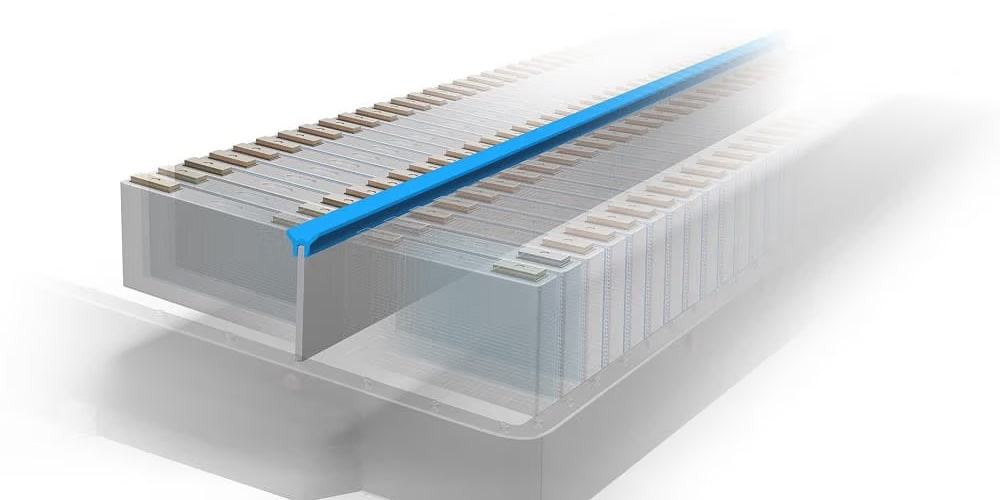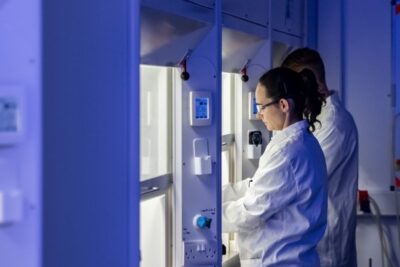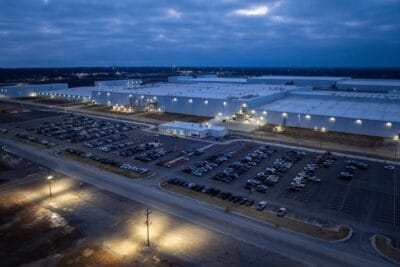Freudenberg releases thermal barriers in 3D geometry
Freudenberg Sealing Technologies has developed thermal barriers that help to slow down or even stop thermal runaway. Initial series production is underway, and Freudenberg expects its new 3D geometries to become bestsellers.
In technical terms, thermal runaway is the ignition or explosion of a battery cell caused by a self-reinforcing heating process initially caused by overcharging, excessive discharging, damage, or heating of the battery. If it happens, it releases flames, hot gases, and electrically conductive particles. These, in turn, can cause thermal propagation in adjacent cells and lead to short circuits. Thermal barriers then act as protective layers that slow down or prevent the heat and flames from spreading.
It is also the key to the 3D structures since Freudenberg says the new geometries increase thermal propagation resistance.
Different from common two-dimensional barriers, such as flat mats and thermal blankets, the 3D variant holds options to include components such as profile seals, module separators and covers, cooling lines or electrical components.
“What is completely new is that the thermal barriers are now also available in customized, flexible 3D geometries, which makes it possible to use them in various positions within the battery and allows for the integration of additional components,” adds Andrew Espinoza, Global Vice President Technology of the Oil Seals Powertrain & Driveline Division at Freudenberg Sealing Technologies.
The complex 3D geometries are also lightweight to impact the battery’s overall weight minimally, so the company. This is enhanced by heat-resistant, electrical, and thermal insulating materials, namely compounded polymers and elastomers, developed by Freudenberg.
Testing has been completed in-house, proving they can withstand temperatures up to 1,200 °C. Espinoza added testing exceeded the required standards. “They have proven their outstanding performance and reliability on bench and battery system tests. The products meet the highest quality standards, are certified under UL 94 V-0 and are already being used successfully in initial series production for the automotive industry.”
Freudenberg adds the 3D thermal barriers were also resistant to particle impacts, such as those that occur when cells are vented.





0 Comments